When it comes to sewing, we all know we must have Pattern Makers Paper on hand at all times. But do you know how to actually choose the best pattern paper for your needs?
In this post, I want to talk about which is, in my and other seamstresses’ opinions, the best pattern maker paper for home sewing.
I also want to tell you about all the different types of papers for making or tracing your patterns, as well as when and how you should use them.
Finally, I will tell you about the cheaper and costless alternatives you already have in your home to make your patterns.

NOTE: This post contains affiliate links, which means that if you make a purchase using one of the links in this article, I may earn a commission at no extra cost to you (To know more about this, click here.)
When it comes to making patterns, I have used all the pattern-making paper on the market.
As I have been on both sides, the commercial and the home sewing businesses, I can say with confidence I know them pretty well.
I have very strong opinions about all of these, as I often do about all my important sewing supplies.
Having the right material to trace or make patterns is indispensable when sewing your own clothes.
You need to consider what your specific needs are first.

For example, do you want it to be see-through? Do you need guidelines? Or do you prefer to have a paper that endures several years of cutting your favorite patterns?
A very important thing for me to consider when I choose the pattern paper is how I am going to store my sewing pattern at the end. I use boxes and envelopes to do it so my sewing room can be more organized.
The most important thing for me is that the paper can be folded flat and stored in an envelope so I can save it with its pattern card.
Even if you have been sewing for years, as I have, you might not have actually tried the one paper that fits all your sewing needs.
I had to pass through all of these to finally find the one paper that I would be buying for the rest of my living days.
It might sound like an exaggeration, but I truly can put my hand down for this material.
Not only has it made my life so much easier, but it has also saved me a lot of money on tissue paper, which is what I used to use.
WHAT IS A PATTERN PAPER?

Pattern makers paper is the term used to draft, trace, or make blocks of patterns for sewing.
It comes in a wide variety of thicknesses, colors, and widths, depending on your needs.
Non-technically speaking, pattern paper can be any paper you use to make patterns for garments, sewing projects, or crafts.
It can be made of bond paper, tissue, and even paper bags.
In my case, I have even used non-woven fabric to trace patterns when I am out of paper.
WHICH IS THE BEST PATTERN MAKERS PAPER?
When it comes to the absolute best choice for pattern paper, the Bienfang Sketching and Tracing Paper is the best option available. This paper has the perfect thickness to endure yet the ease of manipulation. It’s perfectly see-through, so you will find that tracing your commercial patterns is very easy. You can write and draw on it very smoothly, and it erases very well without tearing it apart.
Pros:
- Durable
- You can pin without damaging the paper
- See Through
- It comes in a lot of different widths
- Easy to store and use
- Cheap/Affordable
- Suitable to use with pencil, ink, and markers
Cons:
- It comes in a roll, so it could be hard to flatten it.
- This paper does not tear easily or straight by hand. Use scissors or rotatory cutters.
- It is thicker than tissue paper, so it is bulky enough to fold and store in envelopes.
WHAT GSM DOES PATTERN PAPER HAVE?
A generally great GSM for this type of paper is 29GSM.
Of course, you can always go up or down depending on if you want a more durable and thicker paper you can use to trace with.
If you want a lighter and easier-to-handle paper, go for a lower gsm.
ALTERNATIVE OPTIONS DEPENDING ON THE USE.
BROWN CRAFT PAPER
Brown craft pattern paper is ideal to make basic blocks of patterns, also called slopers.
This is because its thickness allows you to trace the pattern directly on the fabric or to another pattern paper to make modifications.
If you use a pattern often, tracing it on brown craft paper can make it more durable.
The not-so-cool thing about this material is that it is super difficult to store. It usually takes a special rack just to hang the patterns made with it.
So think about whether you really need it before making the investment of buying a complete roll.
DOT PAPER
This type of paper is slightly see-through, and it has either letters or dots on it.
It is perfect if you need help to align your patterns or fabrics.
But in general, the thickness is not that great for writing or drawing on it. And if you want to erase something, it will break very easily.
TISSUE PAPER
This tissue paper will never be my way to go when I make patterns anymore. It might be cheap but it is not worth it.
Although it is very thin and easy to trace with paper, it is also very weak. It breaks so easily that it will only cause you stress and extra work.
The only reason I can see to use this material is if you want to avoid the bulk when you fold and store it.
Otherwise, don’t even bother.
NON-WOVEN NON-FUSIBLE INTERFACING
You can use a non-woven non-fusible interfacing fabric if you want a super extra-durable pattern that is easy to pin to your fabric.
This won’t tear even if you try.
And the most important thing is it will last as long as you need.
Although it is bulkier than the options above, it is very easy to work with.
And if what you want is long-lasting endurance, this is the way to go.
CHEAP OR COSTLESS PATTERN MAKING PAPER
- Newspaper: This is actually the very first paper I used to make patterns when my granny taught me how to sew. We didn’t have a lot of money to spend on fancy things like proper paper, so we used old newspapers to make our patterns. If you are going to use this paper, watch for anything wet nearby! The ink can transfer to the fabric.
- Brown paper bags: There are plenty of these stored and forgotten under our sinks. So, if you ever see yourself in need of free pattern paper, go grab your grocery paper bags and tape them together to make your patterns.
- Craft tissue paper: It is not exactly free but very cheap if you only need a quick piece of paper to trace. You can find it in all craft and art stores, party supply stores, and even in the grocery store in the craft section.
What kind of pattern maker’s paper is your favorite and why? Let me know in the comments. I would love to hear your opinion.
Don’t forget to follow us on Social Media!!
Psst…Was this article helpful to you?? Please support us so we can keep making awesome tutorials for you by buying us a cup of coffee here. We will be forever grateful!







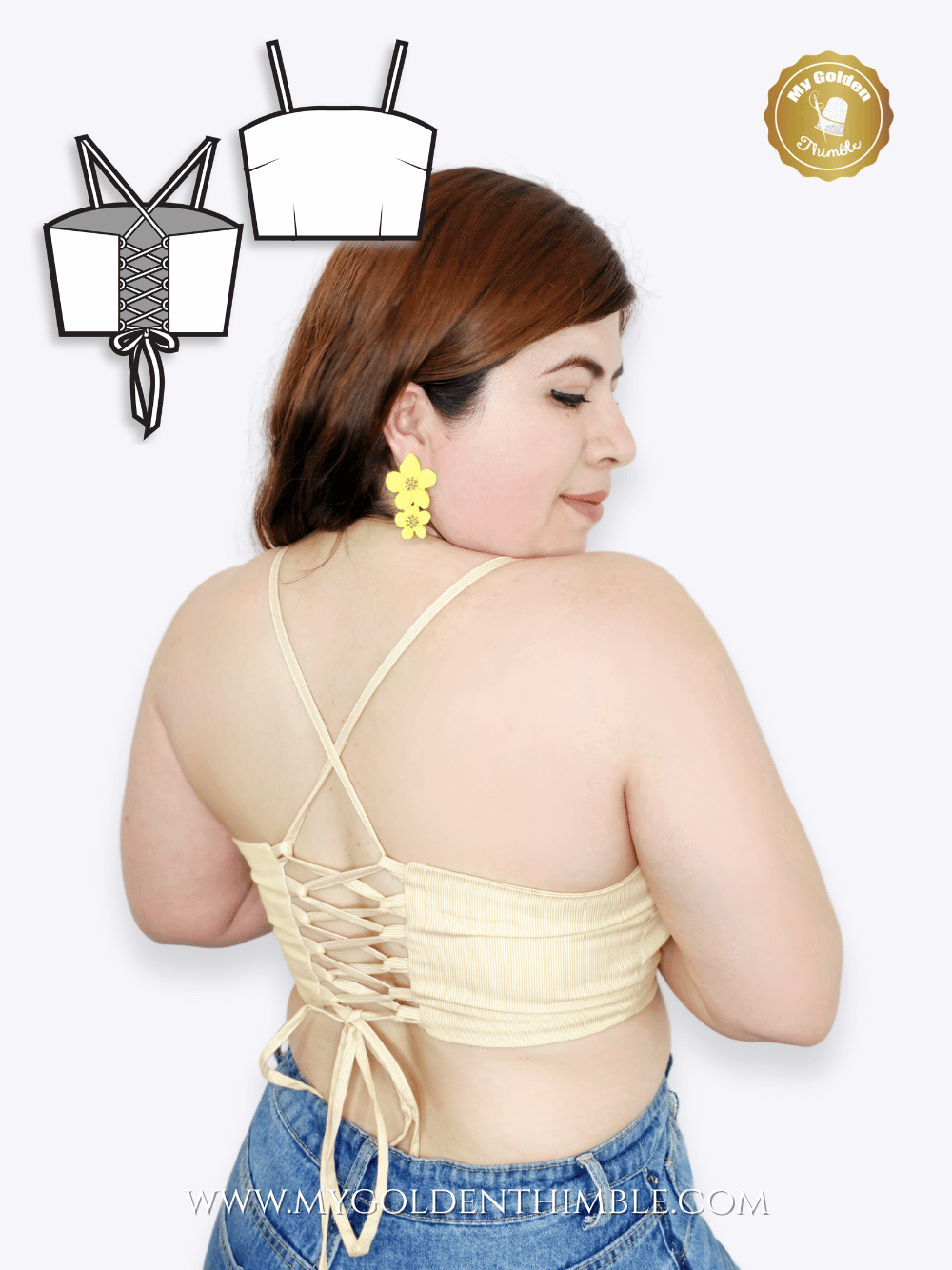

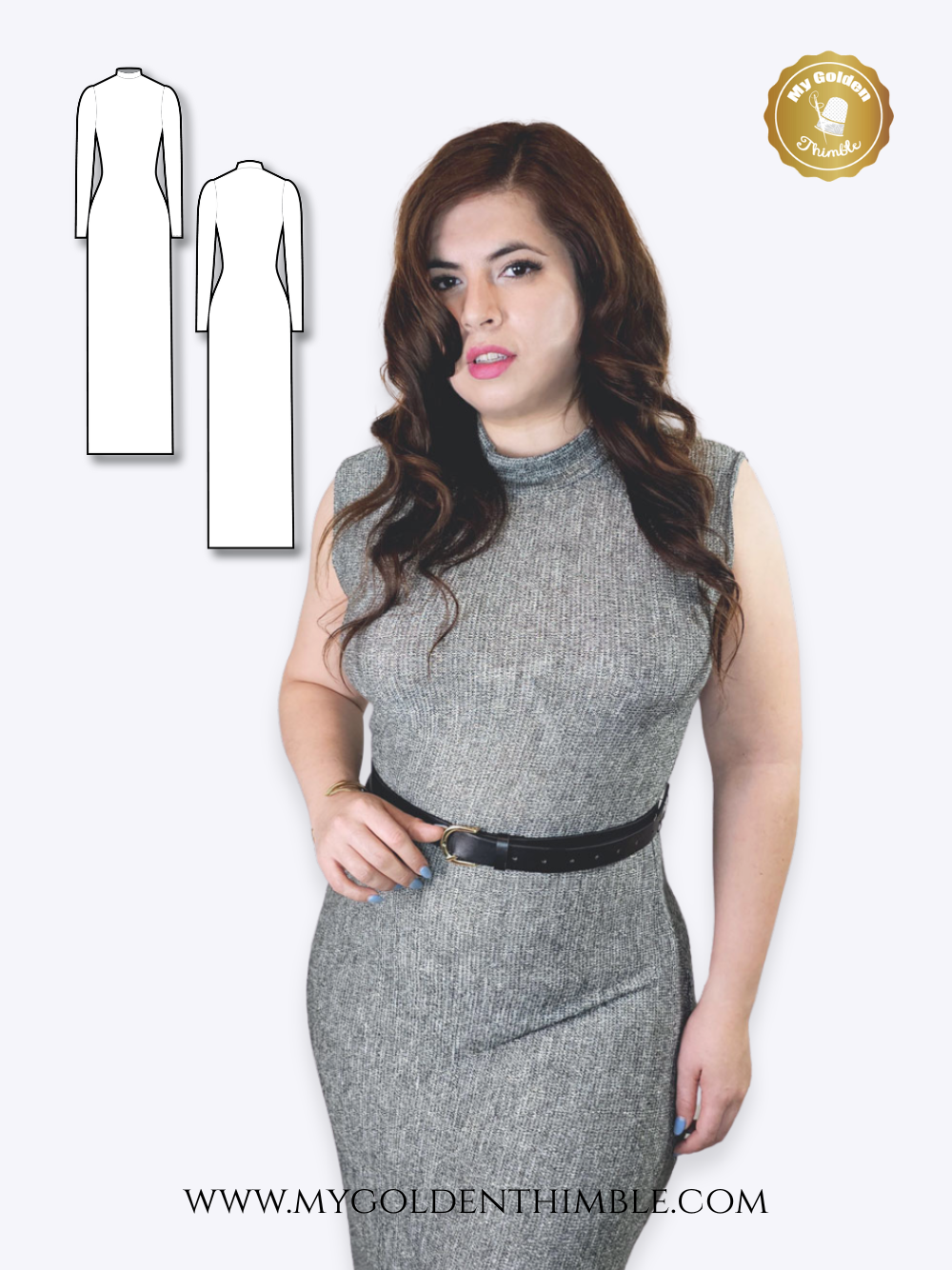
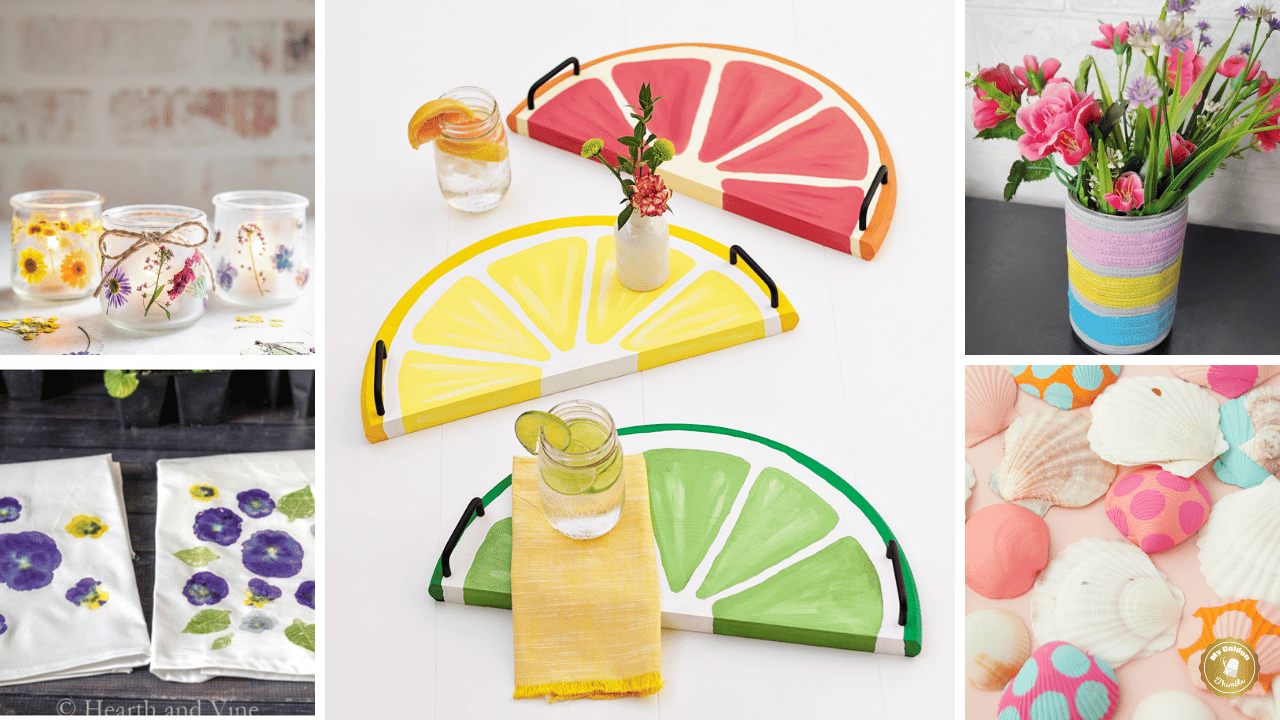
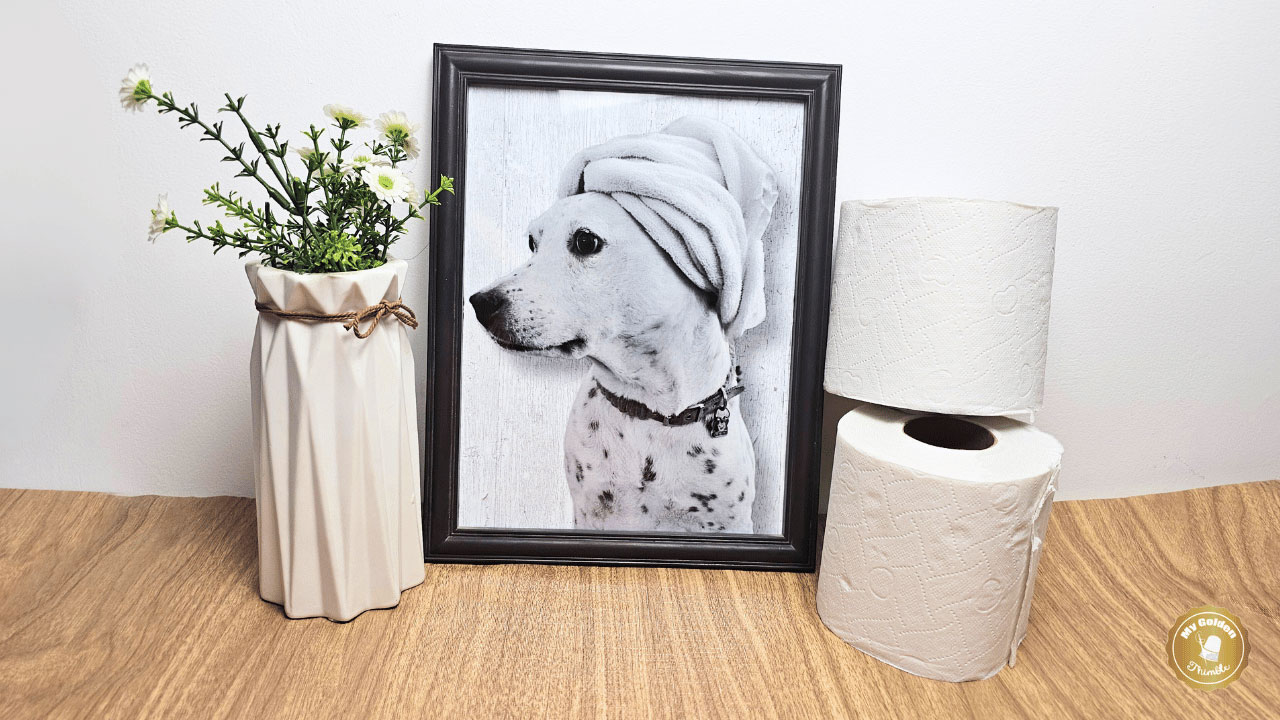
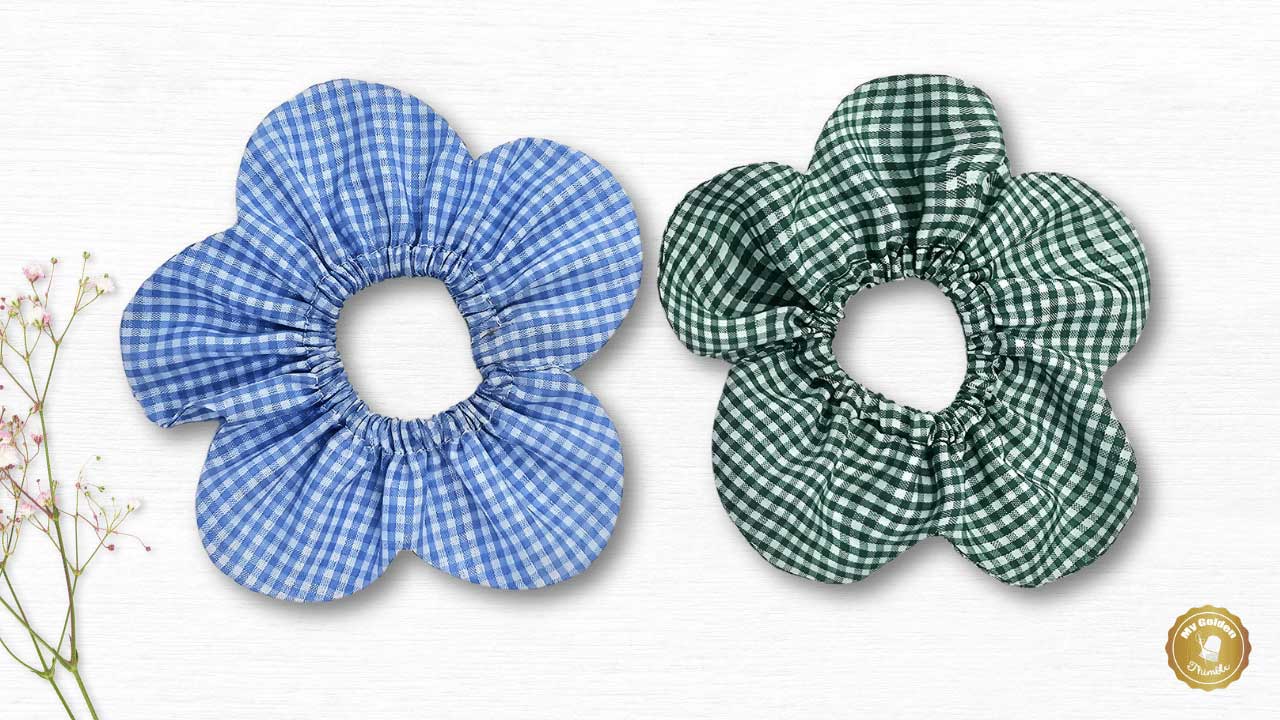

Have anyone used the Swedish tracing pattern? They will send you a free sample
Really?? I didn’t know about that. How do you request it?
I have used medical table paper for years. It holds up well and folds easily but now do not have access to it (except to purchase) I am going to try tissue paper Thanks for the information
You are so welcome my dear Peg.
Medical table paper is great indeed.
if I am using a printed pattern, that I like a lot, then I will fuse it with fusible interfacing to reinforce the paper, it will fold nicely, yet I can use it for a long time. If I am building a pattern, I like to use medical exam paper, it is thin enough to see through, but sturdy enough to draft on. I usually go through a lot of drafting paper.
When I get to something that I really like, then I put it on poster board or acrylic, I then file all patterns in envelopes or plastic storage boxes.
Linda, thank you so much these are all amazing ideas! Fusing interfacing to the paper seems like a great option. Does the paper stays flat this way?
Yes, I use a lightweight fusible interfacing, it gives it structure & support, & I can fold it when I am done, but it saves the life of my pattern.
Awesome will try it on my next pattern.
Wal-Mart has paper, 24″ by 75 feet for $9.00. It’s recyclable, acid free, use with wet or dry so it’s heavy and durable. Folds for pattern storage.
That’s pretty interesting. Do you know the name or brand? I would love to try it.
I use non-woven non fusable interfacing and find it excellent. Great when tracing multi sized patterns . Easy to write on and stores well for years.
I use it for my favorite patterns. Somehow it is also very good for cutting fabric. I don’t know how but it makes it easier.
I use the rolls of paper for covering medical exam tables.
Oh, those are very good too! Where do you get them?
I use those also, I get mine at Amazon, I think that Wal-mart & Ebay also have them.
They are listed as medical exam paper that used for drafting.
Yes! I have also seen it as “medical paper” but seen a lot of us using it for patterns